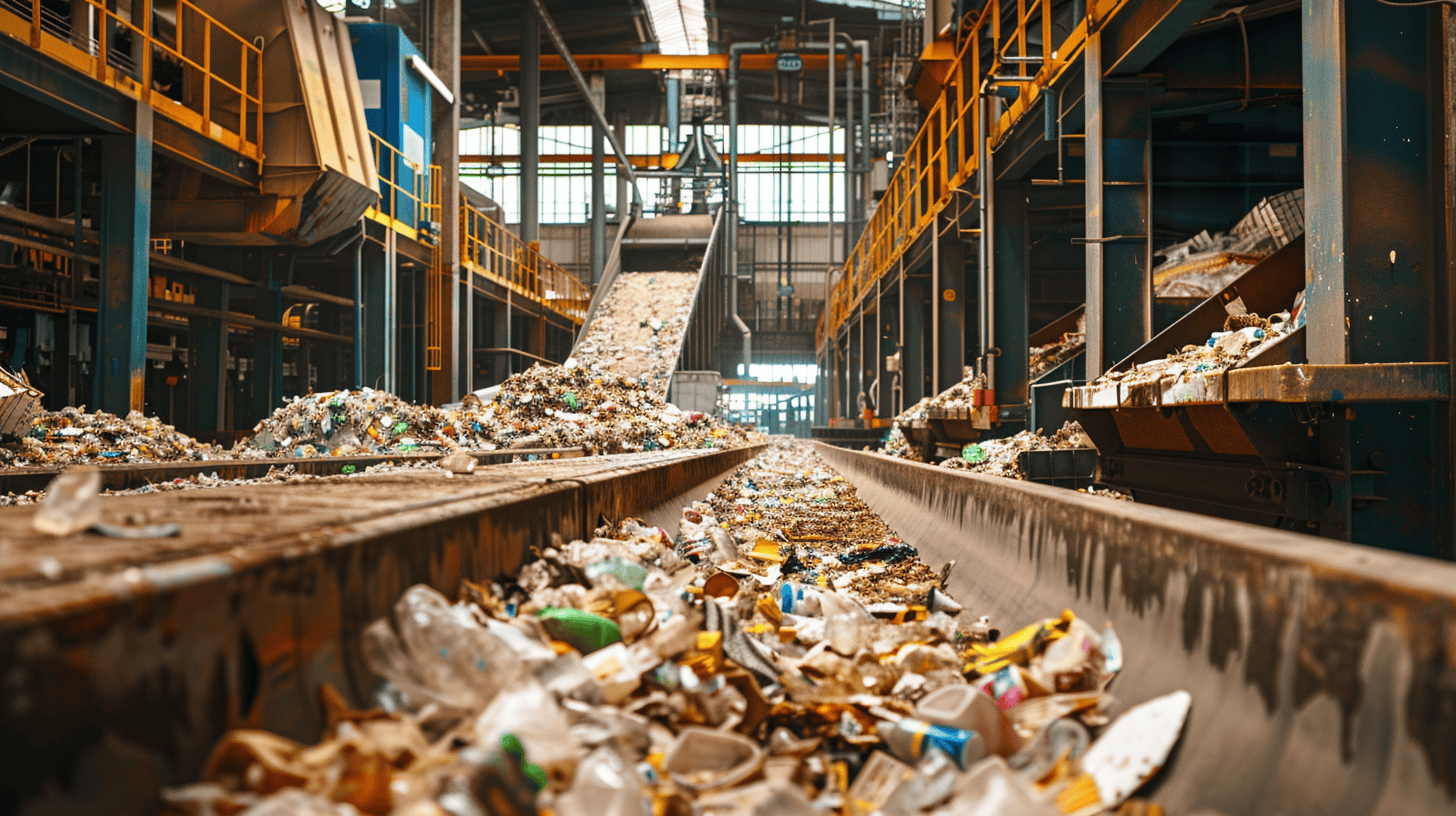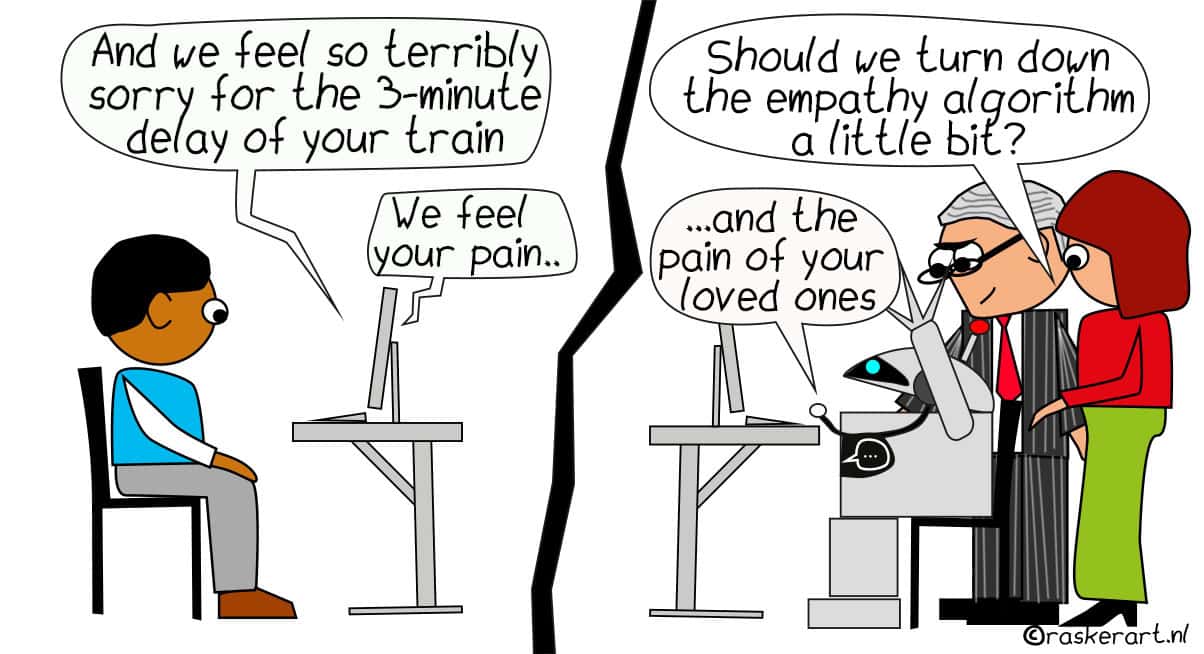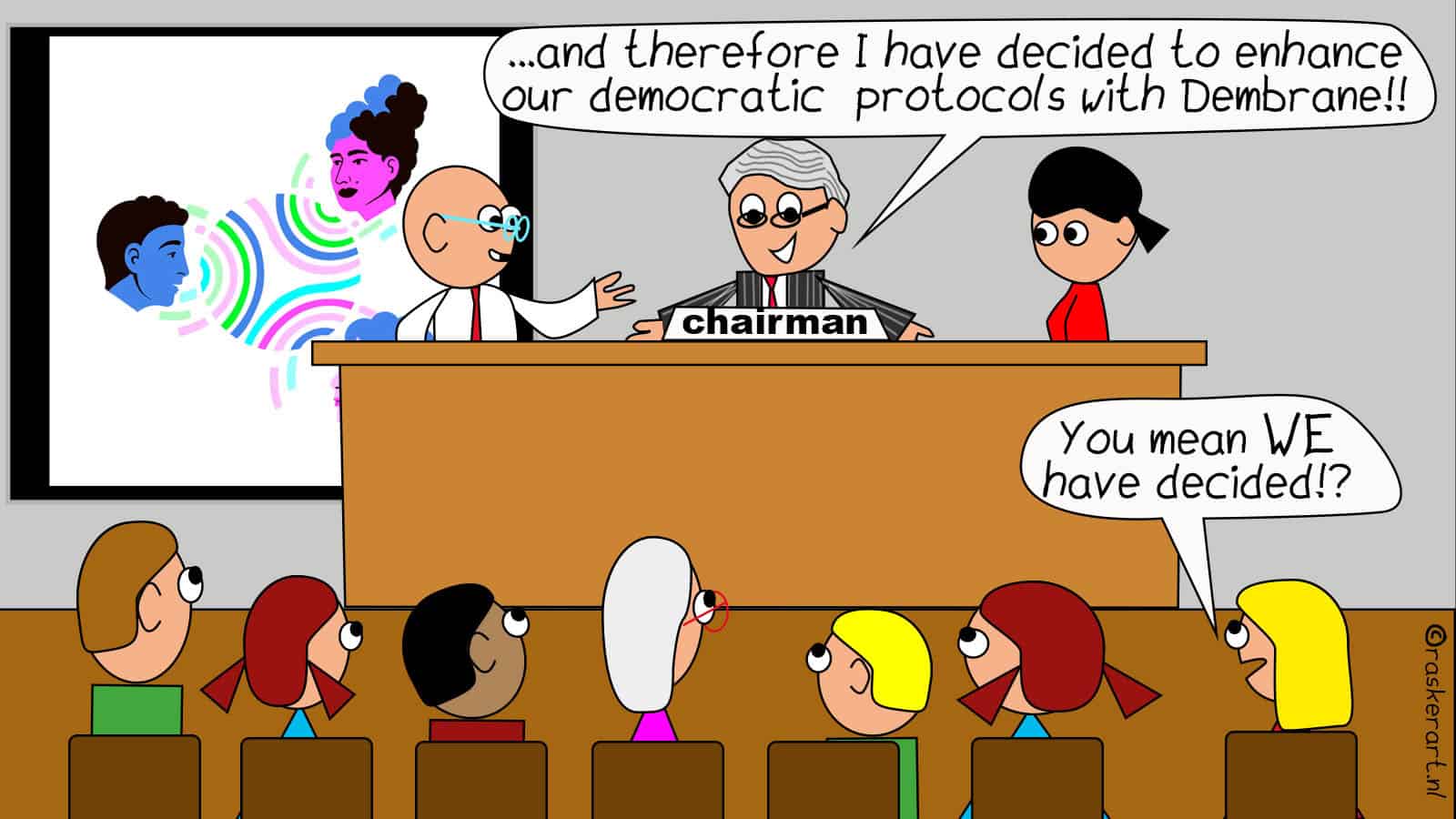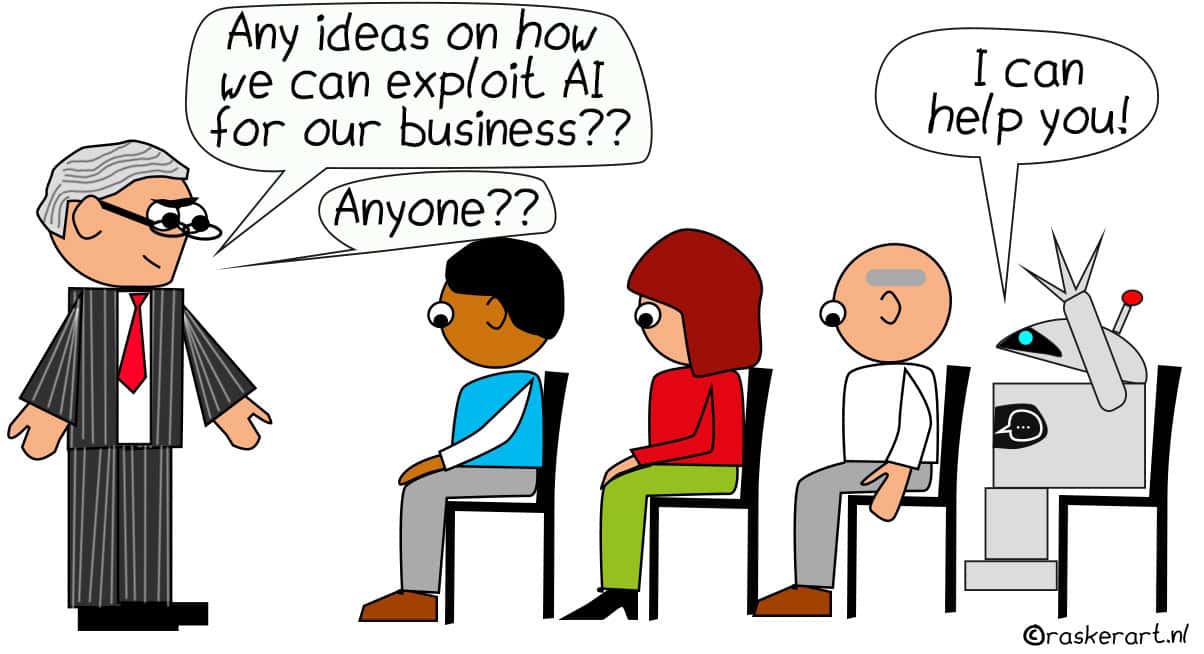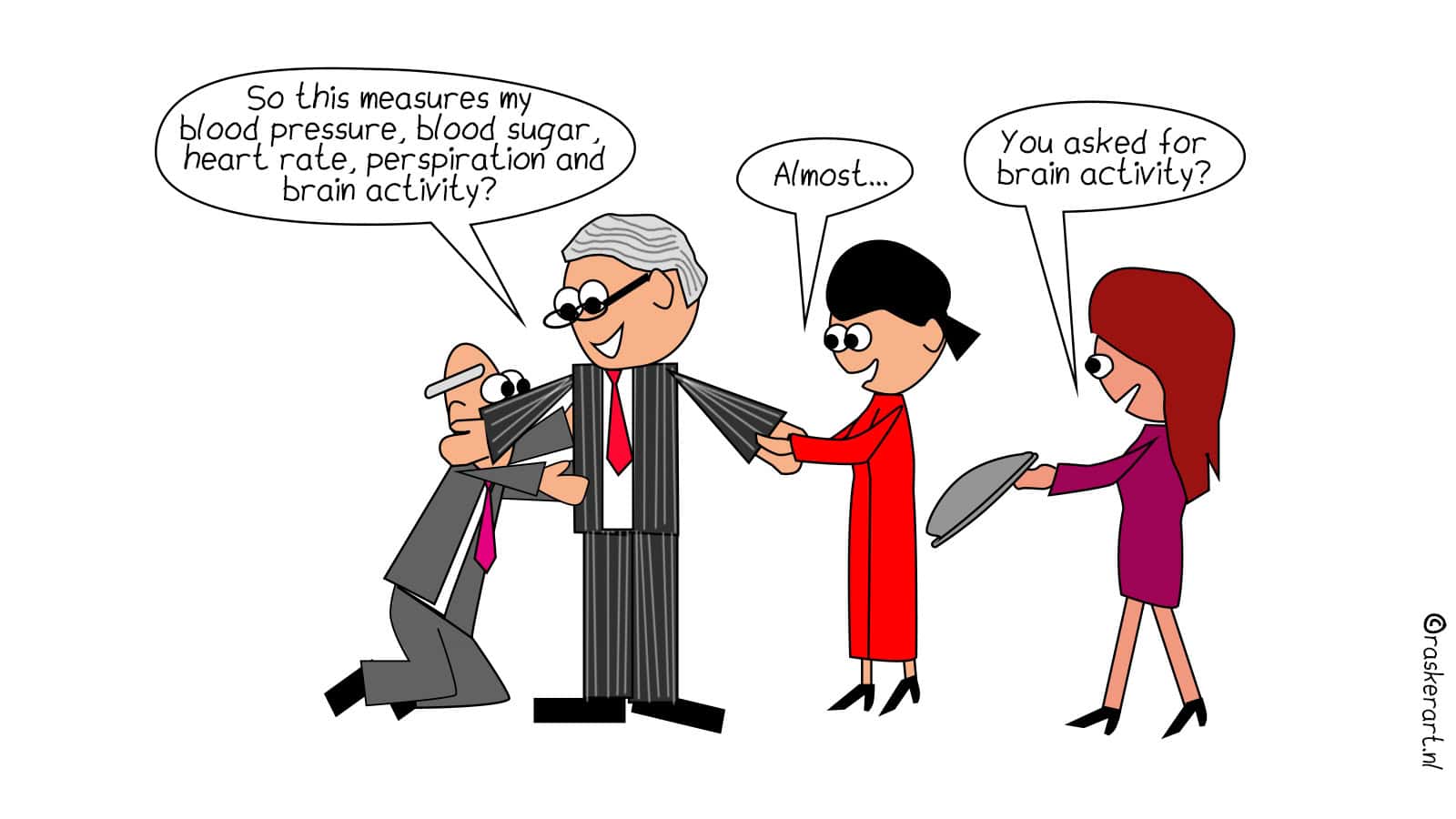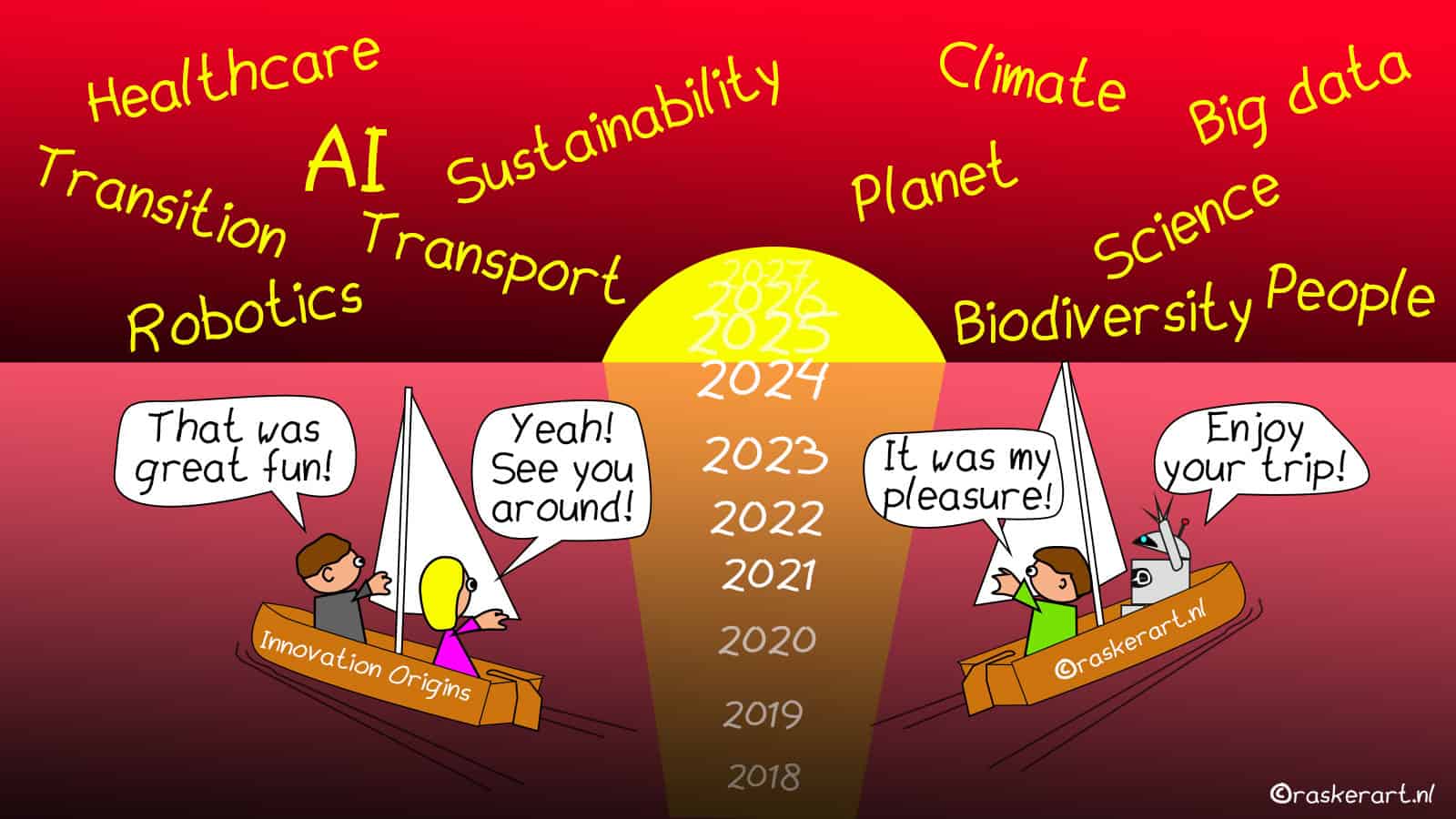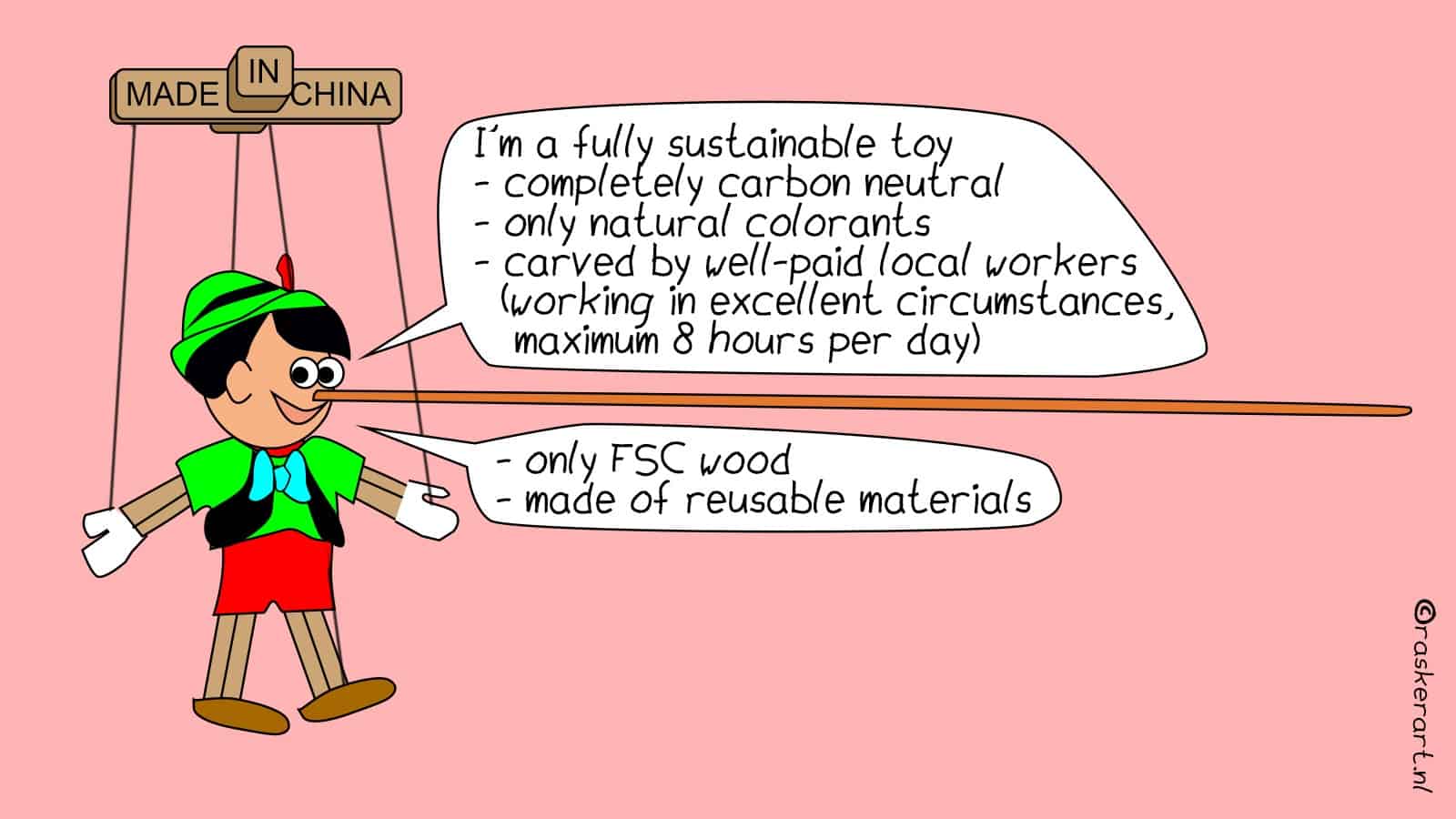
Most of today’s toys are far from healthy for the planet. 80 percent end up in a landfill or disappear in an incinerator. Many are broken before the child has even grown up; others are simply thrown away with the rest of our garbage – even if they still function pretty well.
But what’s maybe even more disturbing is that most producers don’t seem to care, Bas Roelofs concludes. Thank you for sharing this story! However, please do so in a way that respects the copyright of this text. “Last week, after an absence of almost ten years, I was back at the Spielwarenmesse in Nürnberg, the world’s largest toy fair. There I came across all kinds of sustainability claims. Which, when questioned, turned out to be mainly empty talk. ‘Sell more, sell faster’ is still the norm. On average, children receive hundreds of euros per year worth of toys. These toys are of poor quality, so they are only used for a very short time and are made of ‘virgin’ plastic in 90 percent of cases.”
No wonder Albert Jan Rasker comes up with the perfect new symbol for the toy industry: Pinocchio.
Read the whole interview with Bas Roelofs, founder of ‘Toys That Last‘:

There was more…
We also had our focus – as always – on all those people and organizations working to address the big challenges of our time. Here’s this week’s “your sneak preview of the future” from this week:
Start-up A Perfect Jane makes genuine apple leather vegan shoes
How data technology from Eindhoven saves companies worldwide millions
‘Geothermal energy is our low-hanging fruit. Let’s not waste it.’
Storing energy becomes effortless and sustainable with Cactos technology
‘Households should also start paying for CO2 emissions’
…and part 8 in our series about doing business with China: Among Today’s Chinese Professionals in the Netherlands: What is Guanxi?
Talking about people that really make a difference, take a look at our series ‘Bright People’.
Or check what our AI-supported editor did this week: Laio.

We wish you a happy, energetic, and innovative week!



